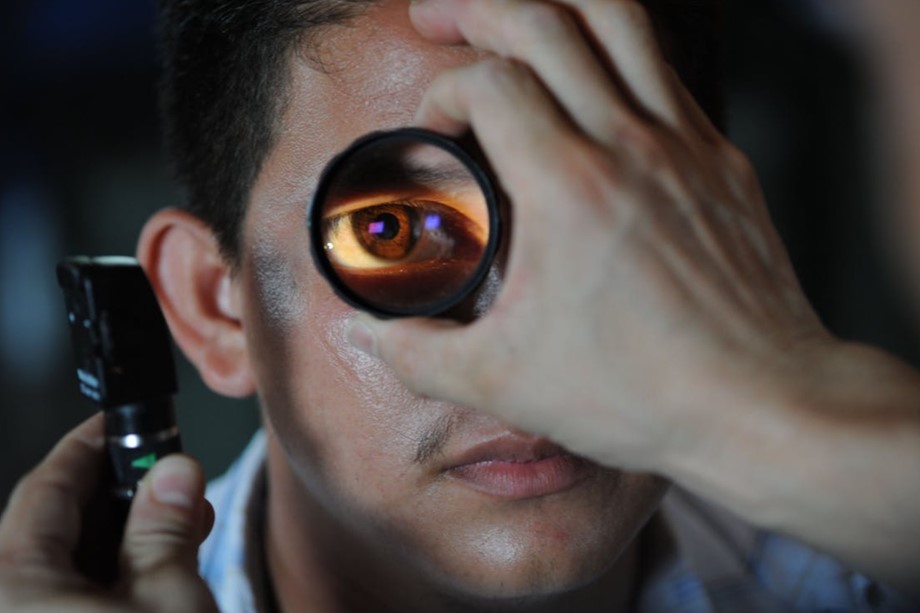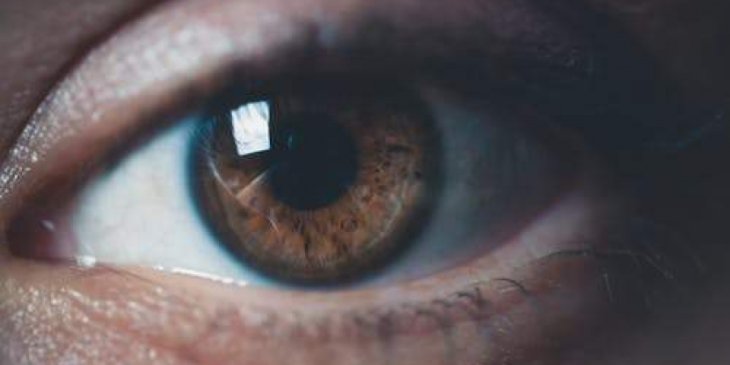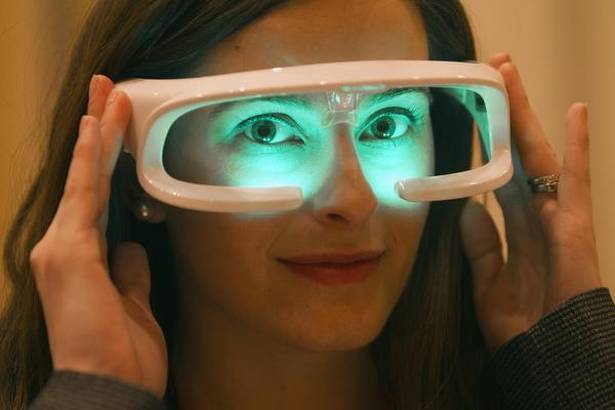New Automation Technique That Could Detect Eye Cancer
Saanvi Araav - Mar 26, 2019

A group of researchers led by Abbas Habibalahi have succeeded in creating an automated technique to help identify eye cancer.
- Scientists “Teleport” Gold Nanoparticles Into Cancer Cells To Destroy Them
- Three Renowned Indian Institutes Developed A More Effective Cancer Treatment
- This Drone-Vacuum Flies From One Floor To Another
Recently, researchers have succeeded in developing a non-invasive and automated technique that could help doctors diagnose cancer in the eye surface. This new technique will help reduce the need for biopsies and delays of therapy. It will also make that treatment much more effective for patients.

The combined power
Appeared in the Journal of The Ocular Surface, the method is a combination of high-end computing, AI operation, and customized advanced image microscope. The end result is an automation system that is capable of identifying the difference between non-diseased eye tissues and diseased ones, just through a simple scan.
Abbas Habibalahi is a researcher as ARC (Australian Research Council) and the leader of this project. He has said:

According to Habibalahi, it is very important to detect OSSN early. The sooner the detection is the more curative and simple the treatment will be. For example, they could apply topical therapies where the old method will go for risky eye surgery or removal of the eye.
This group of researchers has combined the power of machine learning and microscopy to develop this technology.

How does it work?
Habibalahi said:

During this test, they have tested the tissue samples from more than 18 OSSN patients.
Follow Habibalahi, we also know that the team has succeeded in identifying diseased cells on all of the 18 patient's cases. All they needed to do is perform a quick scanning and the system will automatically identify all the OSSN warning signs.
A major plus point of this new technique is that it will make up for the need for expensive biopsy therapy. More than non-invasive and early detection, this technique is also capable of mapping and locate precisely the location of abnormal tissues on the patient's eyes.
Featured Stories

Features - Jul 01, 2025
What Are The Fastest Passenger Vehicles Ever Created?

Features - Jun 25, 2025
Japan Hydrogen Breakthrough: Scientists Crack the Clean Energy Code with...

ICT News - Jun 25, 2025
AI Intimidation Tactics: CEOs Turn Flawed Technology Into Employee Fear Machine

Review - Jun 25, 2025
Windows 11 Problems: Is Microsoft's "Best" OS Actually Getting Worse?

Features - Jun 22, 2025
Telegram Founder Pavel Durov Plans to Split $14 Billion Fortune Among 106 Children

ICT News - Jun 22, 2025
Neuralink Telepathy Chip Enables Quadriplegic Rob Greiner to Control Games with...

Features - Jun 21, 2025
This Over $100 Bottle Has Nothing But Fresh Air Inside

Features - Jun 18, 2025
Best Mobile VPN Apps for Gaming 2025: Complete Guide

Features - Jun 18, 2025
A Math Formula Tells Us How Long Everything Will Live

Features - Jun 16, 2025
Comments
Sort by Newest | Popular